The shadowy world of illegal wildlife trade operates like a well-oiled machine, with tentacles stretching across continents and oceans. Behind the heartbreaking images of poached elephants and trafficked pangolins lies a complex network of criminals who treat endangered species as mere commodities. This multi-billion dollar industry ranks among the most lucrative illegal trades globally, alongside drugs, weapons, and human trafficking.
Kingpins in tailored suits often orchestrate these operations from comfortable offices rather than jungle hideouts. Recent investigations reveal how wildlife trafficking has become increasingly professionalized, with crime syndicates applying corporate structures to their operations. These networks employ specialized roles - from field operatives who bribe park rangers to logistics experts who forge customs documents. The sophistication rivals that of international drug cartels, complete with encrypted communication channels and money laundering through legitimate businesses.
Corruption forms the grease that keeps this machinery running smoothly. From local officials accepting bribes to turn a blind eye, to customs agents deliberately mislabeling shipments, the trade thrives on compromised systems. In some cases, government officials and law enforcement personnel actively participate in the smuggling operations. Whistleblowers have reported cases where entire shipping containers full of ivory or rhino horns simply vanish from secured ports, suggesting high-level collusion.
The globalization of wildlife crime has created bizarre supply chains that would baffle most legitimate businesses. A tiger cub might be poached in Southeast Asia, transported through Eastern Europe, and ultimately sold to a private collector in the Middle East. The digital age has further complicated tracking efforts, with dark web marketplaces and coded social media groups creating new avenues for discreet transactions. Wildlife products now move through the same smuggling routes used for other illicit goods, often hidden among legal shipments.
Financial institutions have begun noticing patterns where wildlife trafficking intersects with other serious crimes. The same shell companies used to launder drug money often appear in wildlife cases. Investigators have documented instances where terrorist groups use wildlife products as an alternative currency, trading ivory for weapons in some African conflict zones. This convergence of criminal activities makes wildlife trafficking not just an environmental issue, but a national security concern for many countries.
Behind every confiscated shipment lies a human story of greed and desperation. Rural poachers often represent the most visible - and most vulnerable - link in the chain. Typically living in poverty, they risk imprisonment or even death for minimal payouts while middlemen reap enormous profits. Meanwhile, the actual kingpins remain insulated by layers of subordinates and legal loopholes. Recent prosecutions have shown how these high-level operators maintain legitimate business fronts while running wildlife rackets on the side.
The demand side of the equation reveals equally disturbing patterns. Wealthy collectors in Asia continue driving much of the market for rare animal parts, viewing them as status symbols or investments. Traditional medicine practitioners still prescribe remedies containing rhino horn or tiger bone despite lacking scientific evidence. Some buyers purchase exotic pets or hunting trophies simply because they can, flaunting their purchases on private social media groups.
Law enforcement faces daunting challenges in dismantling these networks. Jurisdictional issues arise when crimes span multiple countries with varying wildlife protection laws. Evidence collection proves difficult when live animals or perishable goods are involved. Many nations still treat wildlife crimes as minor offenses, with penalties that don't match the profits. However, recent years have seen some progress, with specialized wildlife crime units forming and international cooperation improving.
Technology is emerging as a powerful weapon against traffickers. Forensic techniques can now determine an ivory tusk's origin through DNA analysis. Artificial intelligence helps track suspicious financial transactions. Satellite imagery monitors remote areas for poaching activity. Yet the criminals adapt quickly, constantly developing new methods to evade detection. It's an ongoing arms race between conservationists and profiteers.
Consumers ultimately hold surprising power in this battle. Reduced demand for ivory carvings, exotic leather goods, and questionable traditional remedies could collapse the market. Education campaigns in key countries have shown promise in changing attitudes, particularly among younger generations. Some former traders have even become conservation advocates after witnessing the ecological devastation firsthand.
The fight against illegal wildlife trade requires recognizing it as serious organized crime rather than isolated conservation issue. Only by addressing the root causes - corruption, poverty, and demand - can this destructive trade be curtailed. As enforcement improves in one region, the networks simply shift operations elsewhere, demonstrating the need for truly global solutions. The time has come to treat wildlife trafficking with the same seriousness as other major transnational crimes.

By /Aug 4, 2025
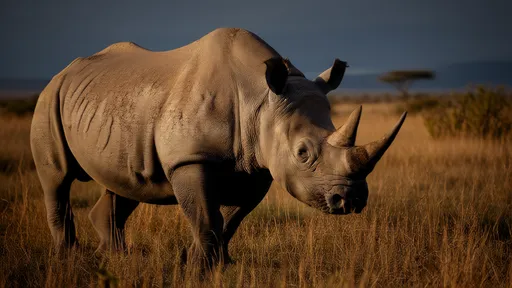
By /Aug 4, 2025
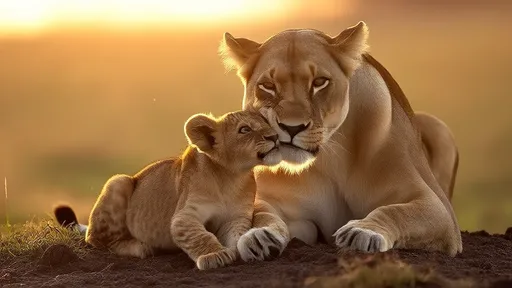
By /Aug 4, 2025

By /Aug 4, 2025

By /Aug 4, 2025

By /Aug 4, 2025
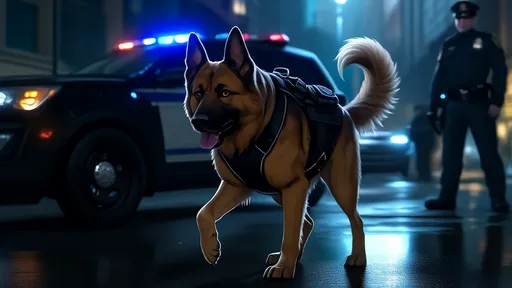
By /Aug 4, 2025
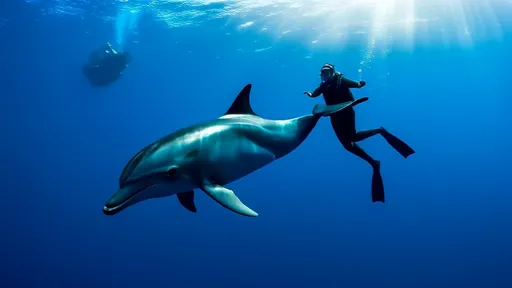
By /Aug 4, 2025
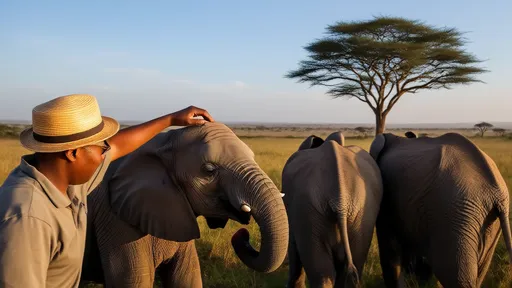
By /Aug 4, 2025

By /Aug 4, 2025
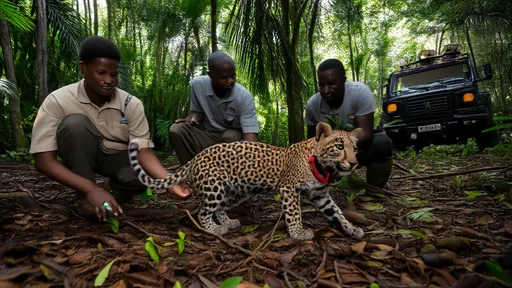
By /Aug 4, 2025

By /Aug 4, 2025
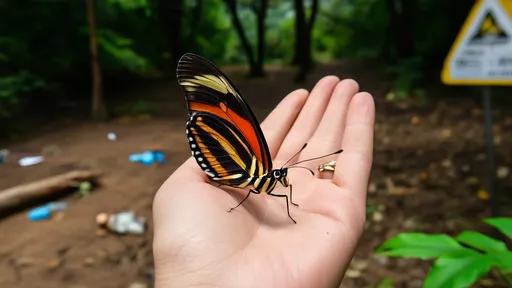
By /Aug 4, 2025

By /Aug 4, 2025
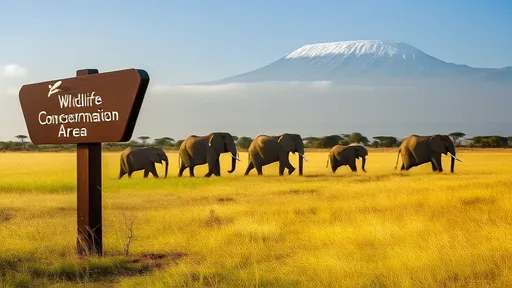
By /Aug 4, 2025
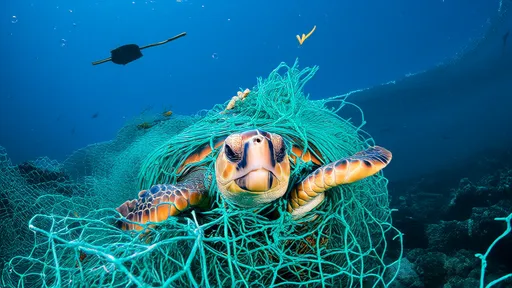
By /Aug 4, 2025

By /Aug 4, 2025
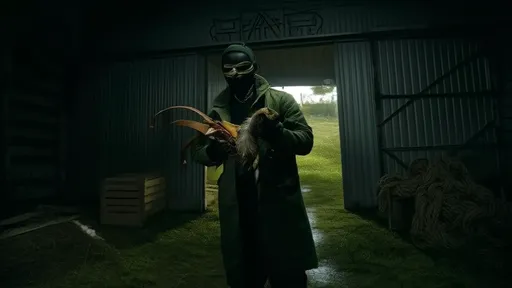
By /Aug 4, 2025
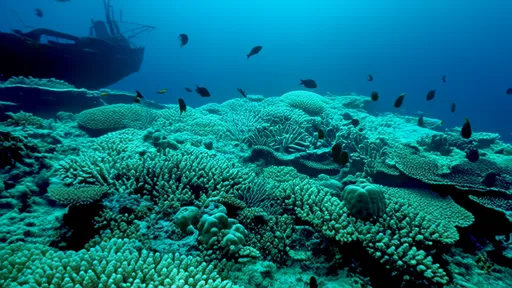
By /Aug 4, 2025
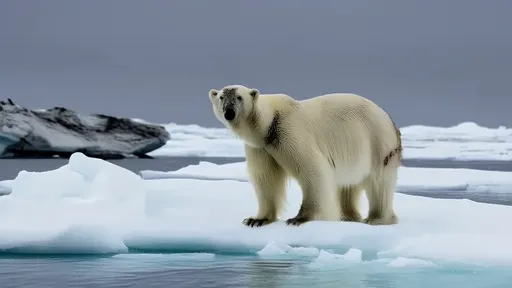
By /Aug 4, 2025